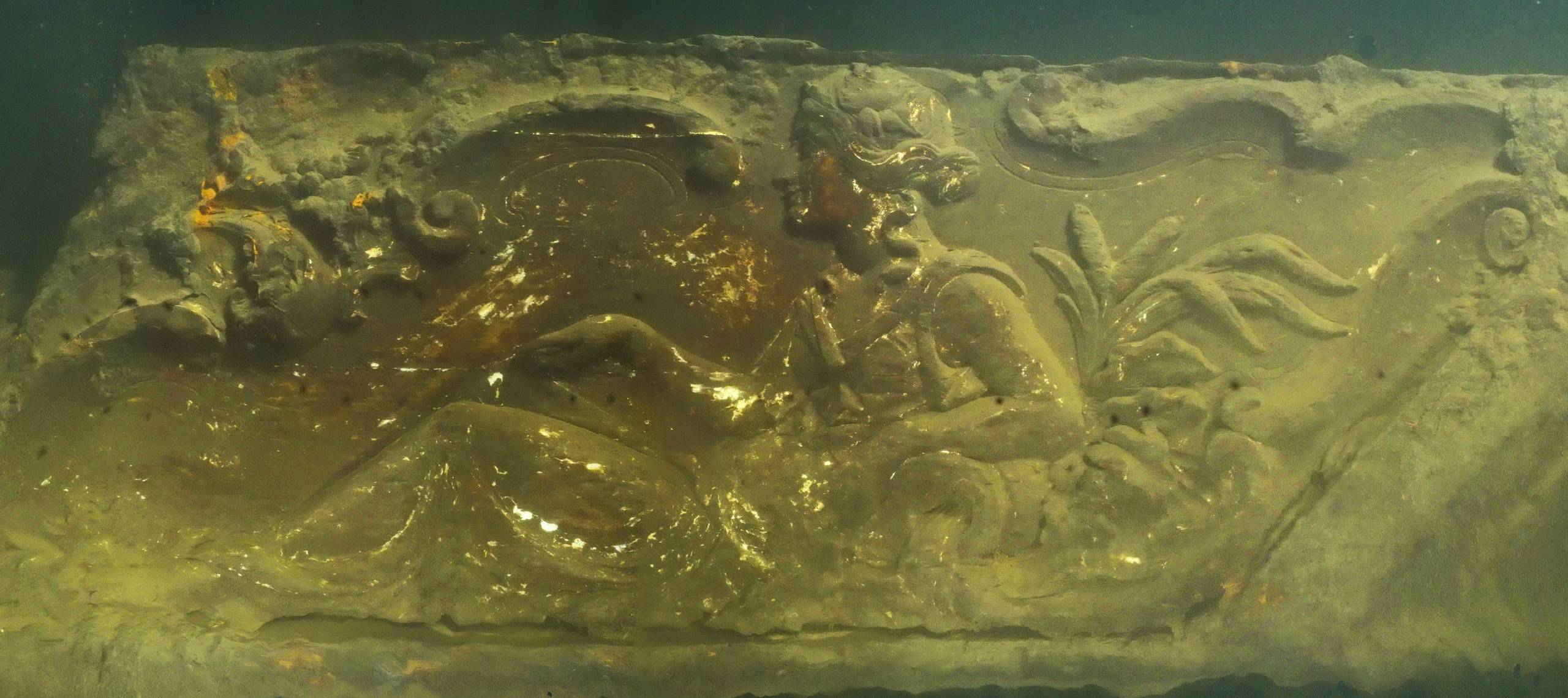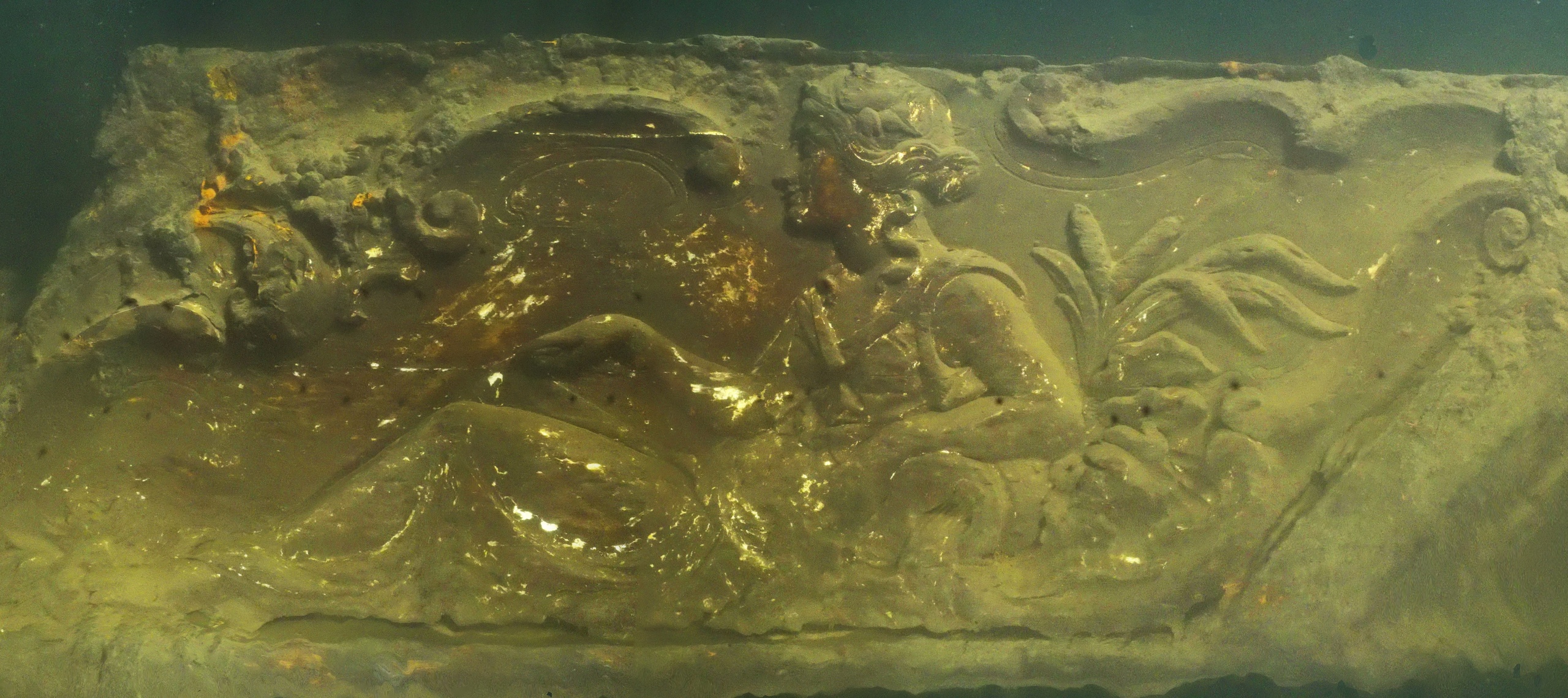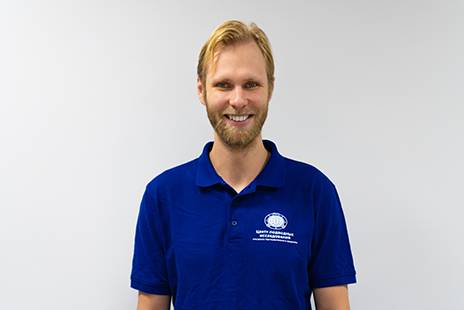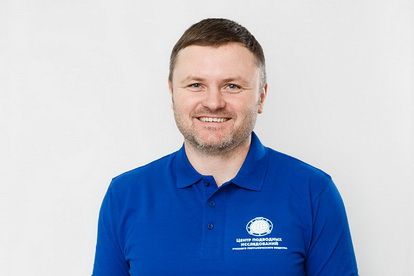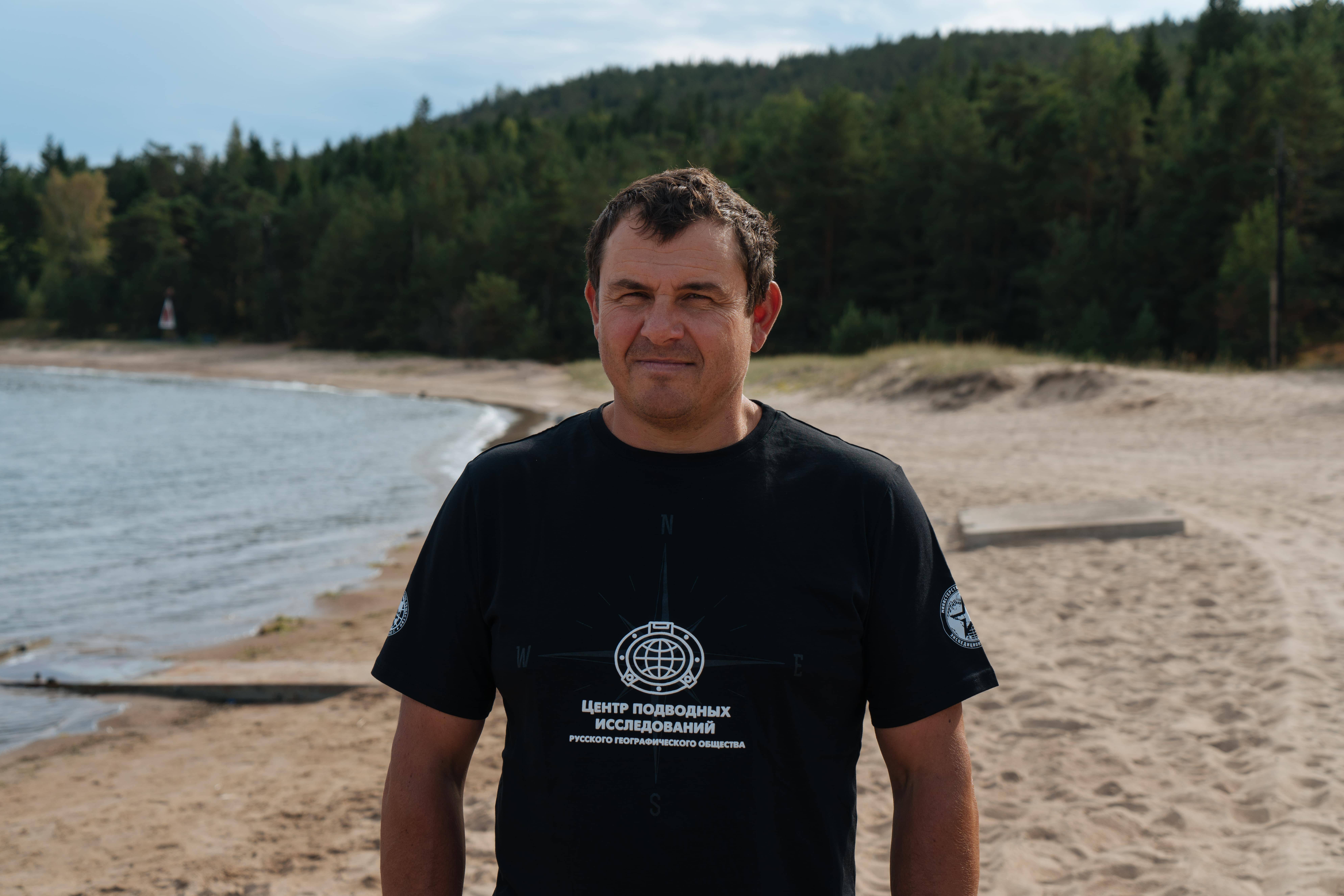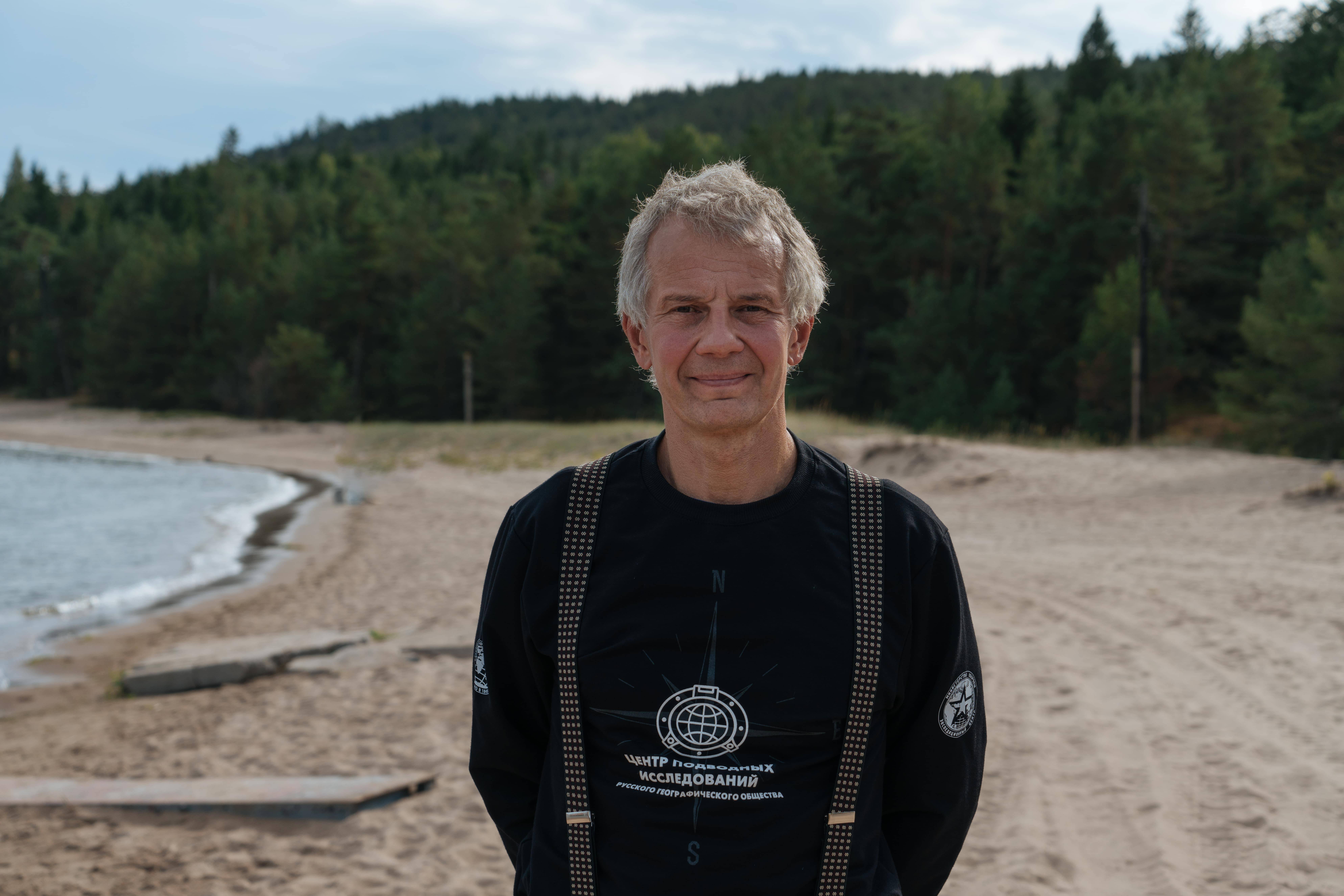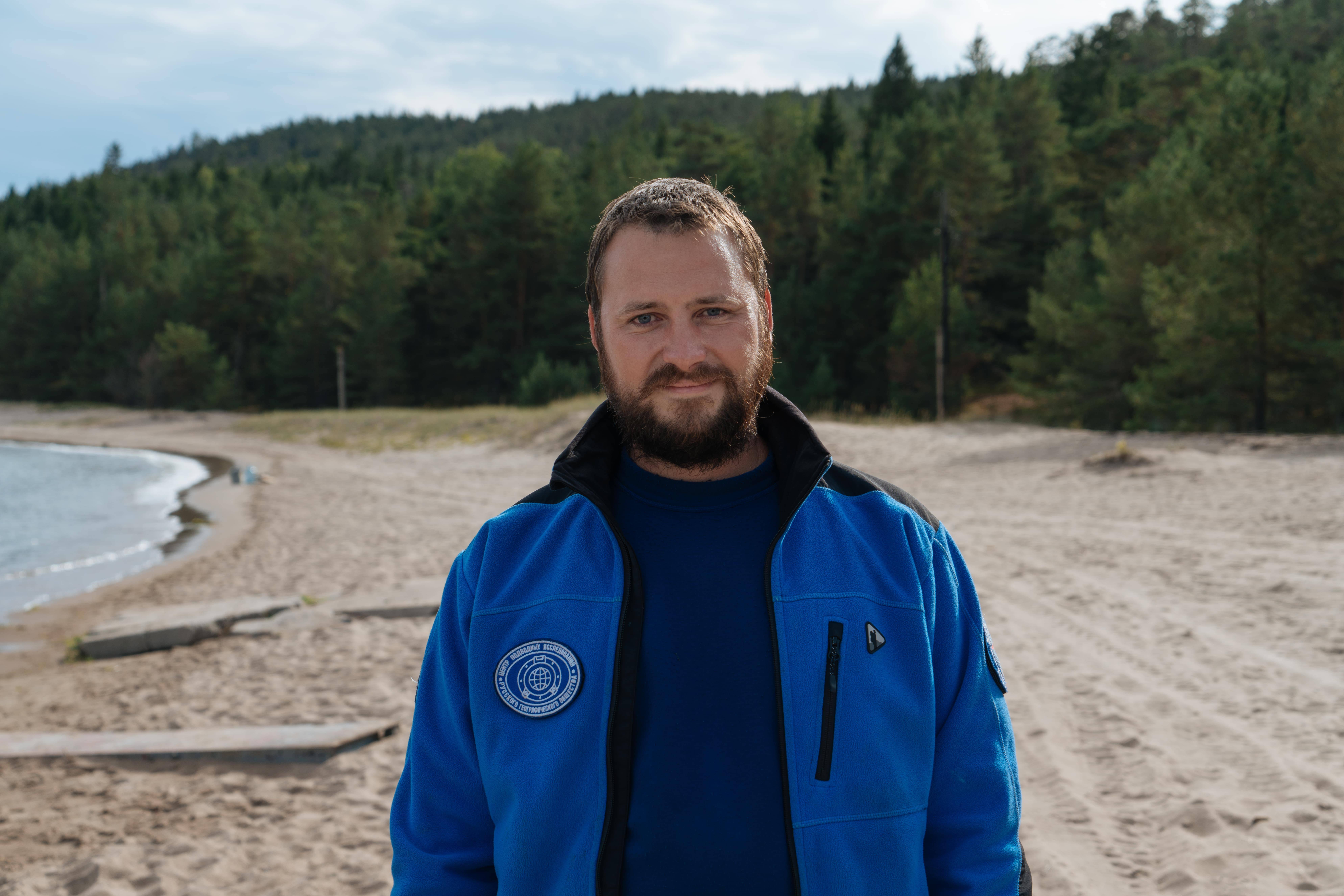April was intense. We spent the entire month working in the waters surrounding Cape Stirsudden.
The main attraction was, of course, Barwonthe cargo/passenger screw steamer. She was built in 1854 in Clyde, Scotland. The ship weighed nearly 500 tons, had a steam-powered speed of 14 miles per hour, passenger capacity of 130, and a tonnage of 400 tons. The press was in awe, stating“[She] is one of the most perfect specimens of marine architecture yet produced, as she combines all known improvements, with several which are peculiar to herself. …”
Last year, our research divers visited the wreck, confirmed the coordinates, and assessed the condition of the hull as ‘medium good’. This year, Barwonbecame famous. The first-ever underwater live television broadcast in Russia took place on Barwon! Roman Kiryukhin and the TV Channel 78 team joined us in the Gulf of Finland, where, aboard the ship resting 35 meters below the surface, they met with Roman Prokhorov, an underwater archaeologist and conservator-restorer. The journalist and the archaeologist not only discussed the current condition of the ship but also found out the key thing that’s missing from the divers’ workplace…light!
Anastasia Dyakova, a TV presenter, asked our conservator-restorer where he likes to vacation, considering he spends all his work time at sea. Roman Prokhorov, who was freezing by that time from being so far below the surface said that, although many people are excited about his job, he himself would have liked to go someplace warm.
This interview and the underwater live television broadcast in general have been made possible by the system, which is based on UTC (underwater television complex), an underwater video system assembled by our experts. The system allows to not only retrieve the signal from the depth and broadcast it, but also to transmit a television signal to share the event with both Internet users, and TV audience.
But what remains behind the scenes is the daily struggle with poor visibility that concealed the ship from the underwater operators. Through the clouds of suspension, we could see, just barely, a carved decoration of a woman, in side view, wearing a long tunic and surrounded by flowers. After several attempts, we finally managed to create a 3D model of the stern, where you can see all of the wooden details.
However, it’s not just Barwonthat makes the waters surrounding Cape Stirsudden interesting. Our hydroacoustic specialists discovered several other objects the divers have already dived to. These objects include a Finnish minesweeperT-7, which (as it turned out!) originally was a Russian Minrepminesweeper, and Arkona, the German tug that hit a mine in December 1918. There’s a barge loaded with granite that never made it to Petersburg during the construction boom of the 19thcentury. And John Readhead, built in Scotland and launcher in January 1882, only to go down in April of the same year. Some speculate that she was on her way to Petersburg when she hit the iceberg and sank.
It is obvious that our team will return to these waters, again and again, there’s so much to explore!







